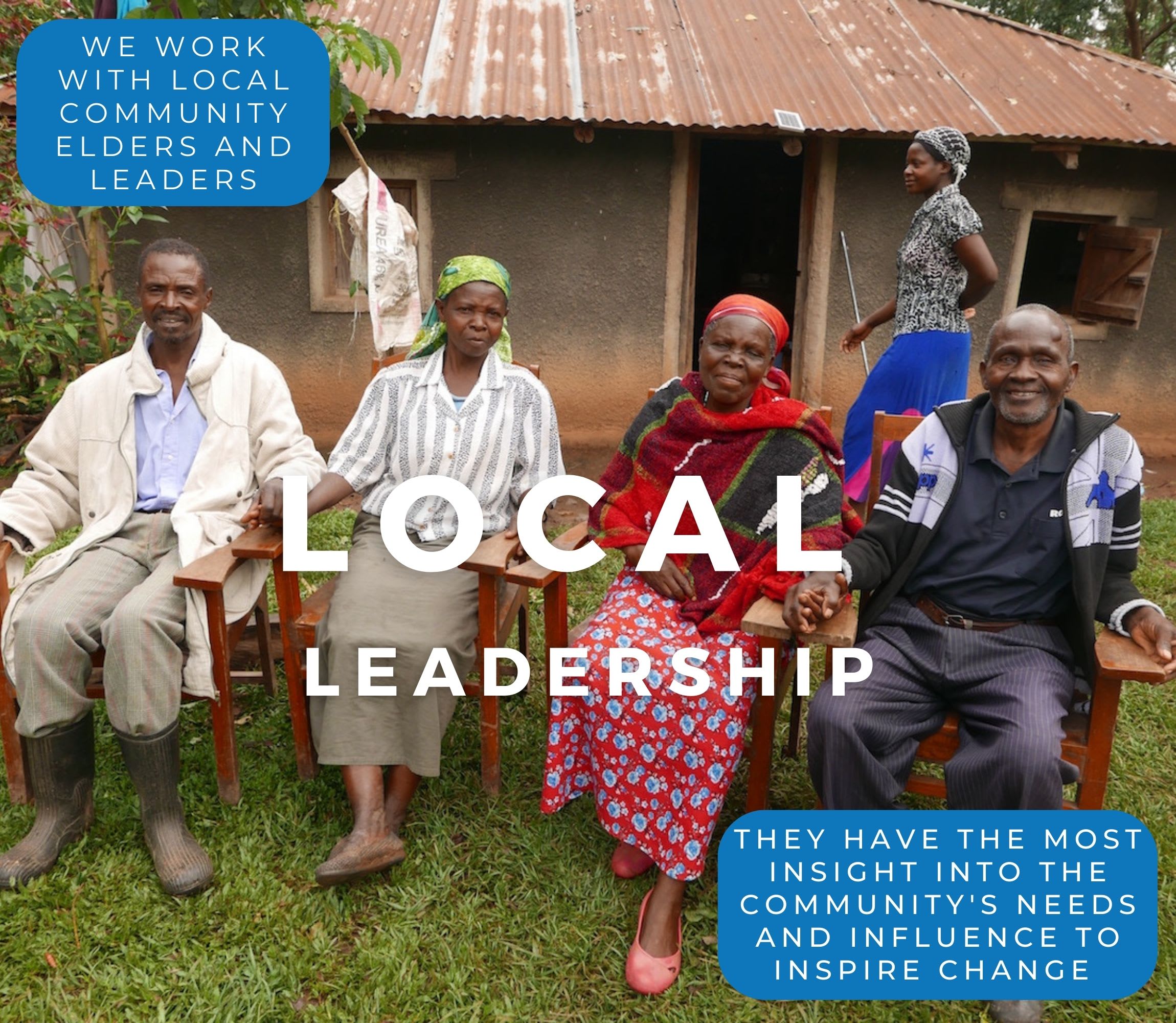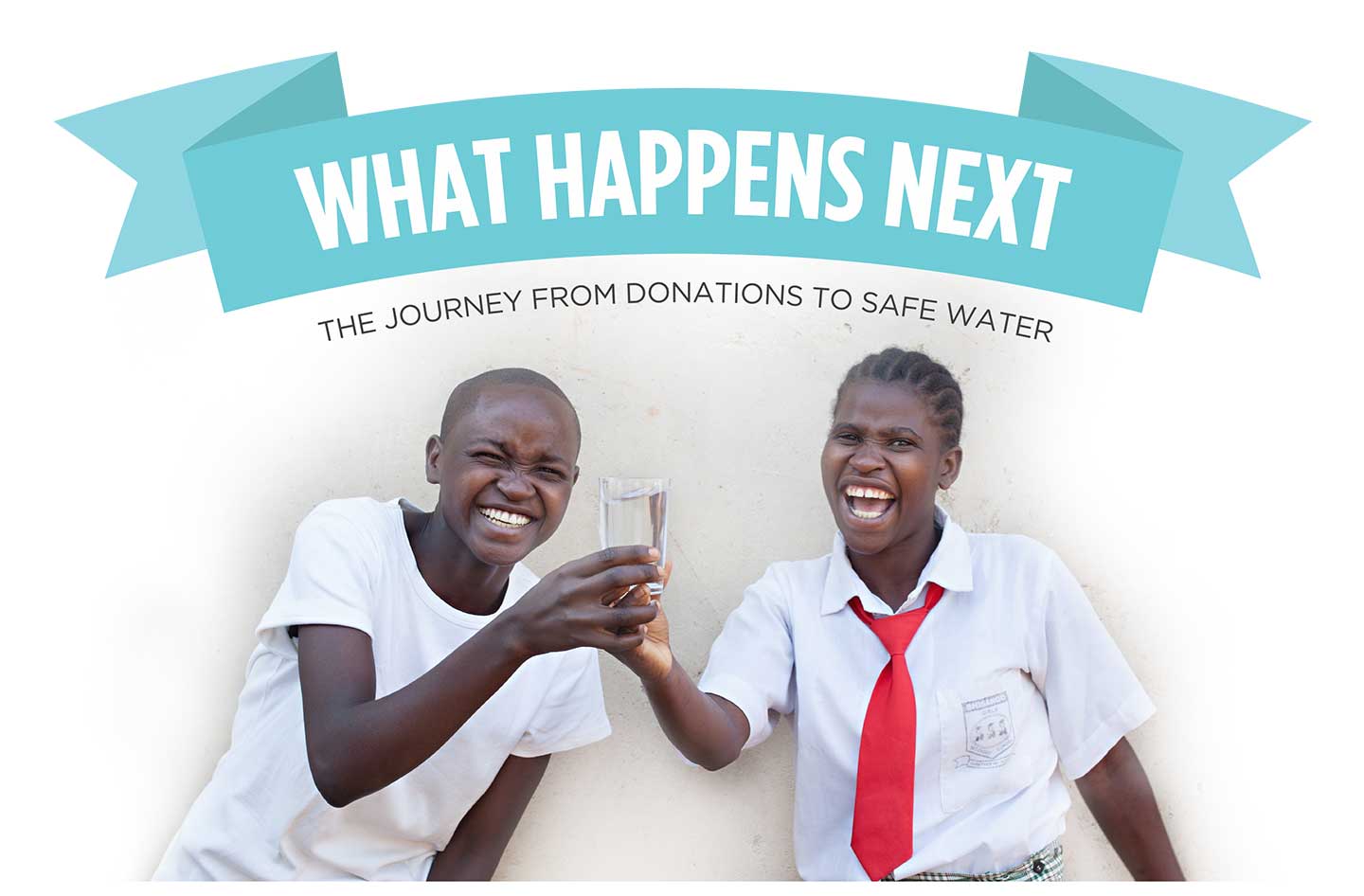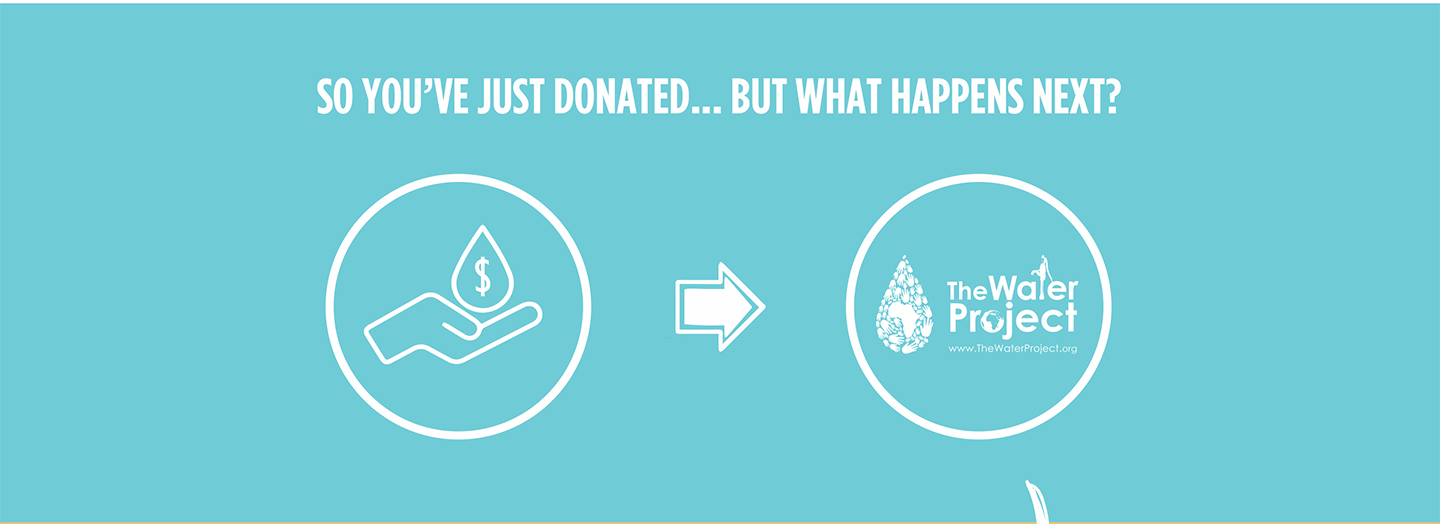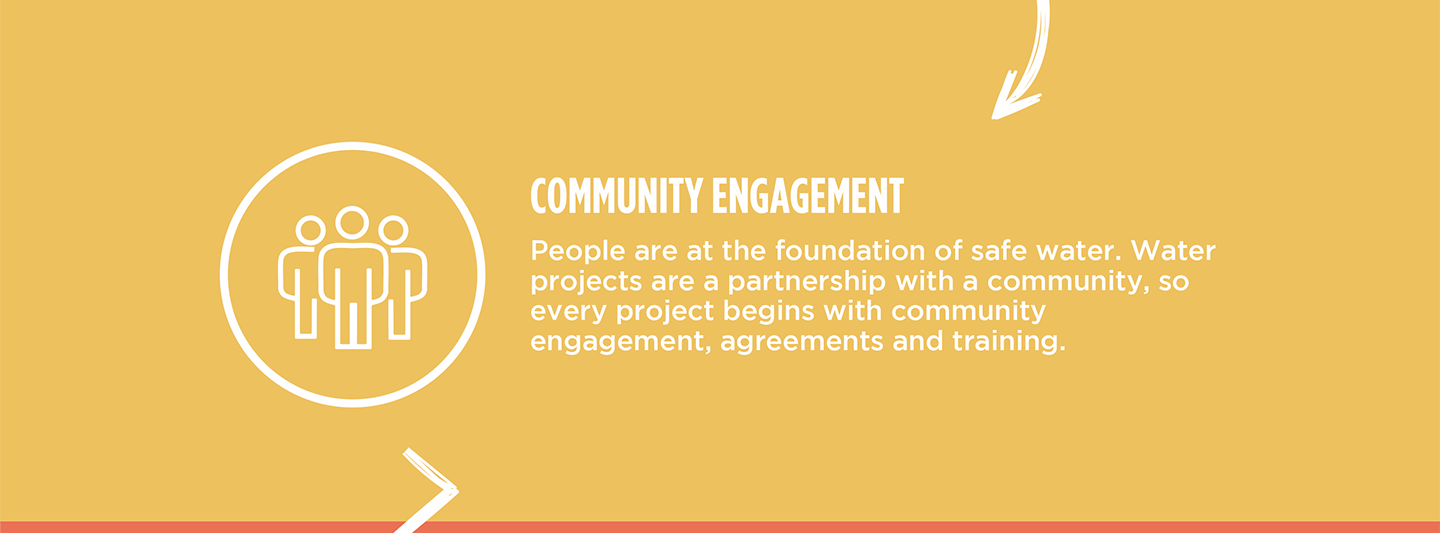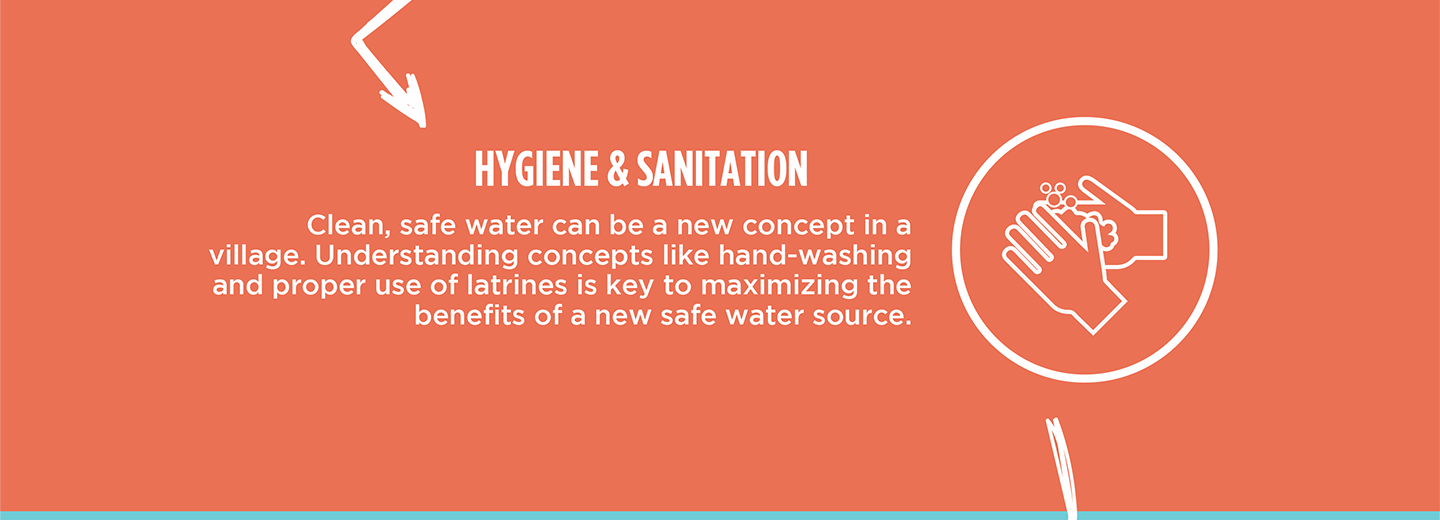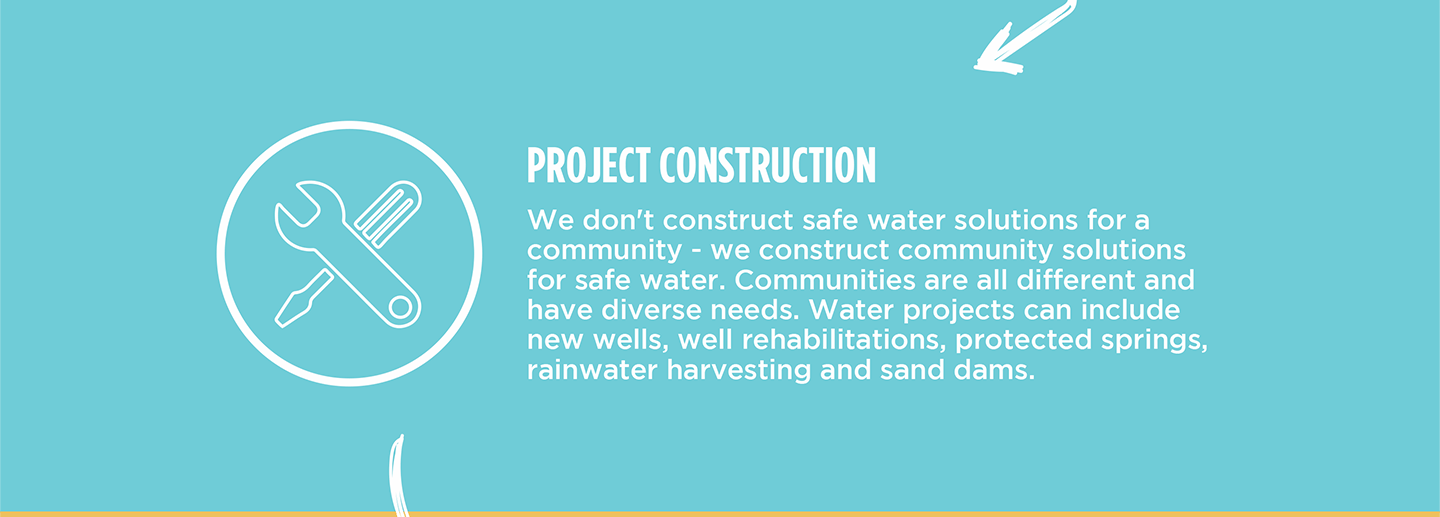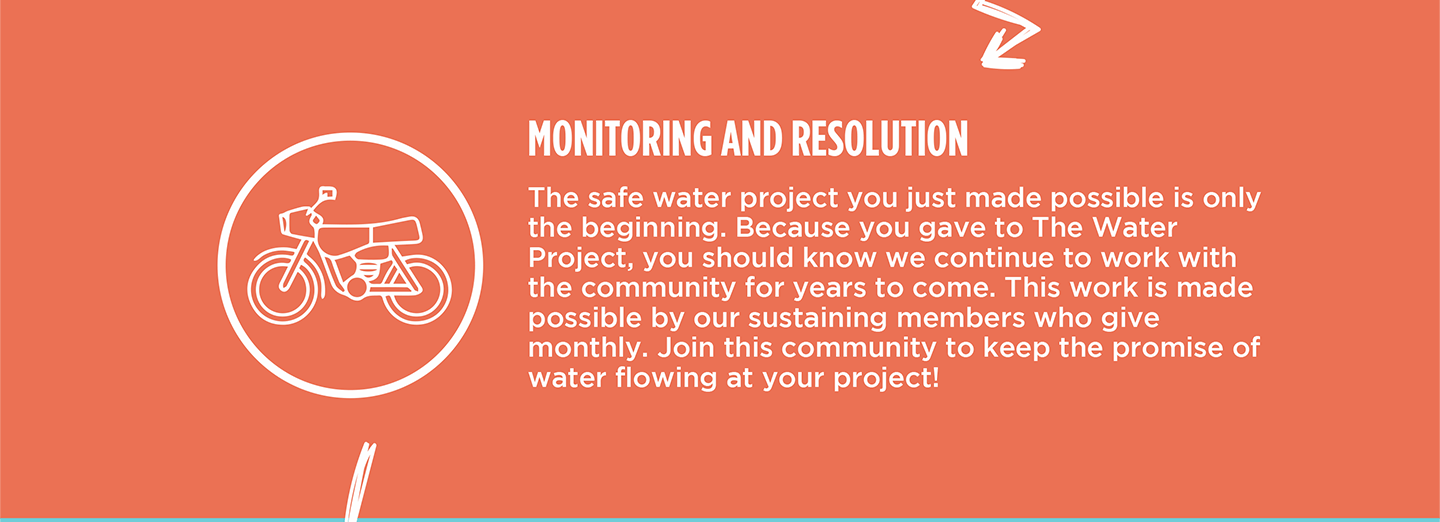This project is being implemented by our partner African Sand Dam Foundation, and includes the construction of a sand dam.
Below is unedited project information direct from our partner:
The group was formed in the year 20/2/2011. The group is located Ngandani sub-location in Kibwezi district. The group was formed by 32 members. Reasons for group formation were:
- The group wanted to improve their environment through tree planting and soil conservation. Terracing was a major priority to them in order to conserve the soil on their farms hence improving their harvest
- The group envisioned to have welfare activities such as merry go round (fund that community members can take loans from) that would help them to improve their socio-economic welfare.
- The area experiences water problem. Through coming together the group wished to have sand dams on their river channel. The group also has seen impact of sand dams in the neighbouring community.
Economic activities
- Farming
- Livestock keeping
CHALLENGES TO DEVELOPMENT
WATER INSECURITY
The main sources of water are Itungu springs and Kimawasco water pipeline. It takes 3 hours to fetch water. This is because the spring serves a large population. The main water source is Itungu springs in the dry season. The spring’s water is polluted because it is not protected. The area experiences water borne related incidences. The water pipeline is not reliable because it just comes once in a week. Also the water retails at kshs 4 per 20 litre jerrican at the water kiosks which is out of reach to most of the community members who don’t have extra coins to spend due prolonged drought in the area.
Water shortage comes with other challenges faced by the community:
- Women are the first culprit as they lag behind in development matters since the burden of water remains to them. This necessitates them to abandon other basic activities.
- Tree planting program has been a challenge due lack water most of the have continued to dry up.
CROP PRODCUTION
The main types of crops that they grow are:
- Maize
- Cowpeas
- Green grams
- Pigeon peas
The community depends on rain fed agriculture. In the last 5 years the area has had unreliable amount of rainfall which have led low harvest in the area thus making community food insecure. Other reasons for that have led to food insecurity are:
- Poor farming practices. The community has continued to practise traditional planting methods that have led to decreased harvest. For example the community reliance on maize have led to decreased harvest due to unreliable rainfall
- Lack of knowledge on farming methods.
- Lack of tools. The group is currently digging terraces in the area so as to conserve soil from being eroded from their farms. Due to poverty most of the members cannot afford tools that can dig well the terraces on their farms.
- Lack of good seeds for planting. Frequent droughts have affected the ability of the community to preserve seeds for their planting needs. Due to this the farmers have reduced the size of land under farming and only plant reduced sizes of land
ENVIROMENT CONSERVATION
The group is currently planting trees. The lack of water in the area has reduced the survival rate of trees planted. They lack skills and knowledge and termite infestation continue to hurt the tree planting program.
FUTURE PLANS
- Sand dams. The community seeks to create water security through building of sand dams. This will help them improve water availability for farming so that they can mitigate food insecurity and improve their income.
- Goat project. This program will help them to improve their local breeds and increase milk production.
- Climate change. The community seeks to have knowledge and skills so they can use to be resilient communities.
- Tools. The community want to dig terraces to conserve soil in their farms. Through support of farms tools will enable them to dig terraces.
Due to challenge in the geology, a shallow well could not be built at this site. The funds expected to construct a shallow well at Kisimani were therefore used to build a well at another project site. To see the report, click here.
 Sand Dam
Sand Dam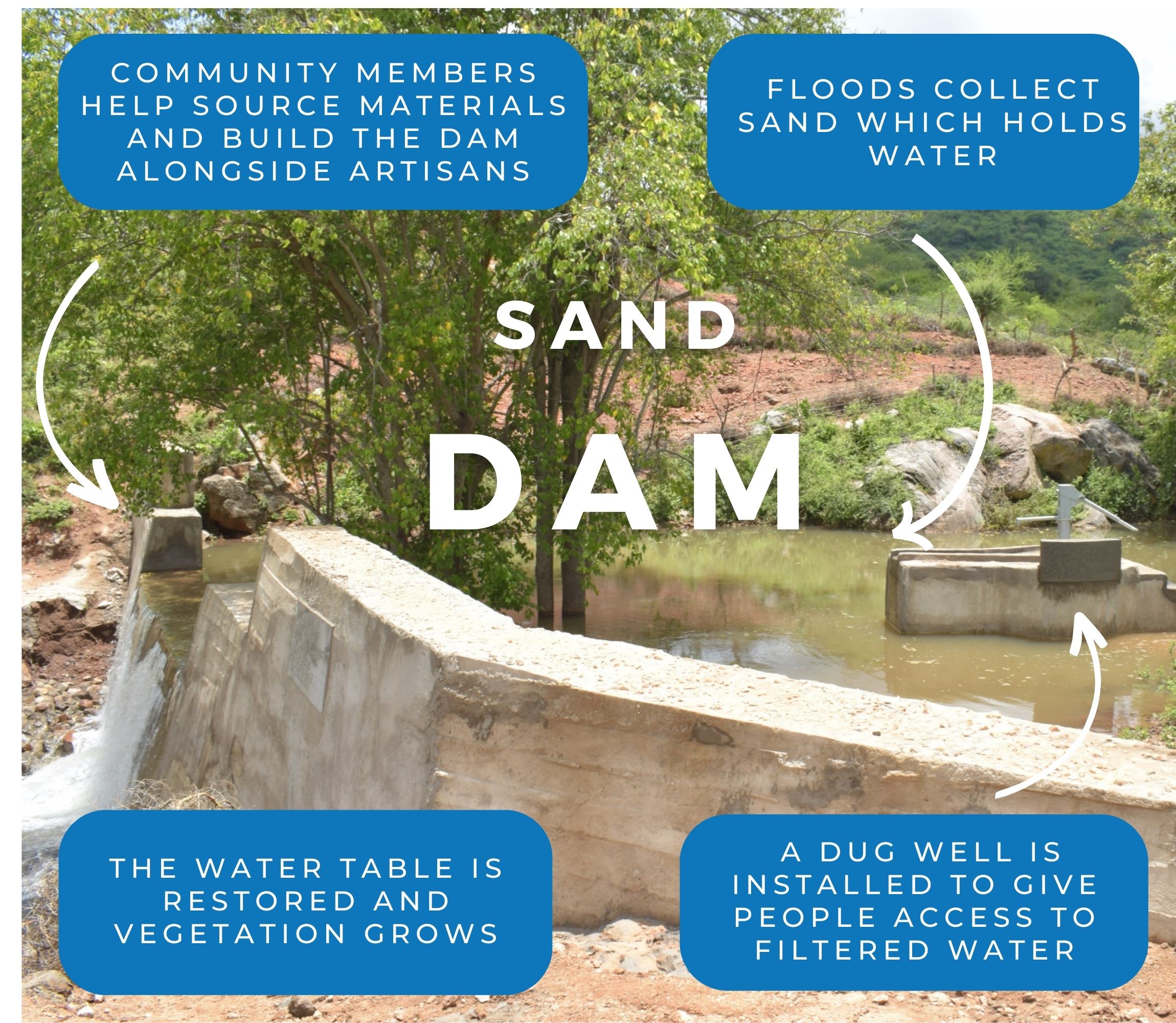
 Rehabilitation Project
Rehabilitation Project

